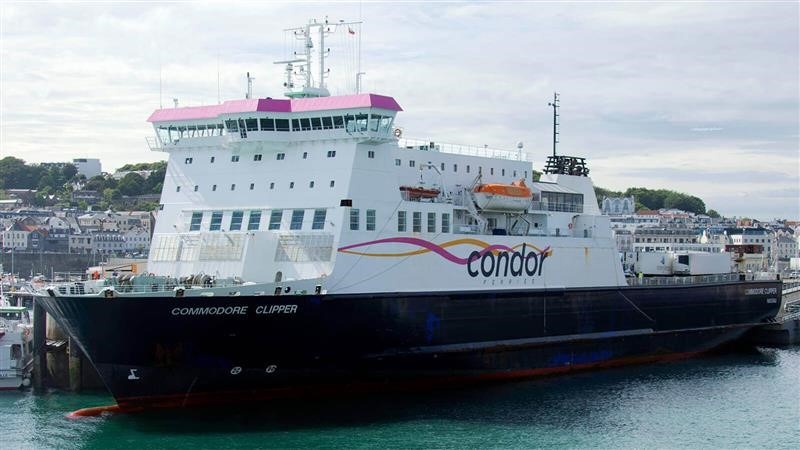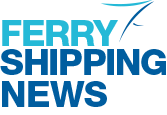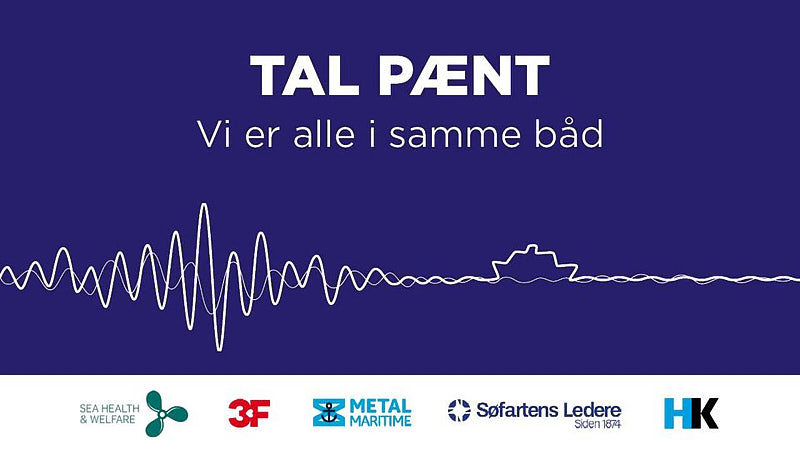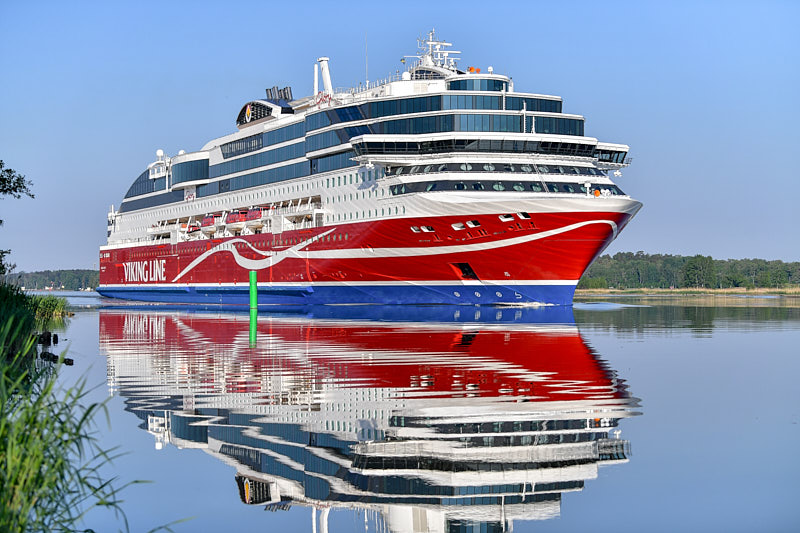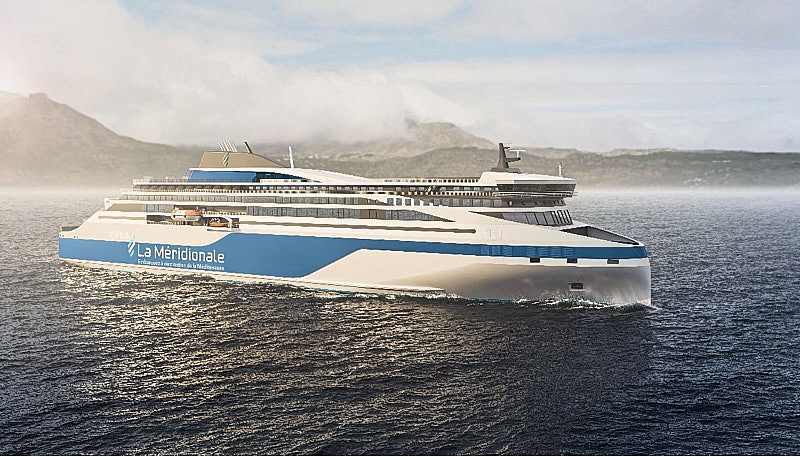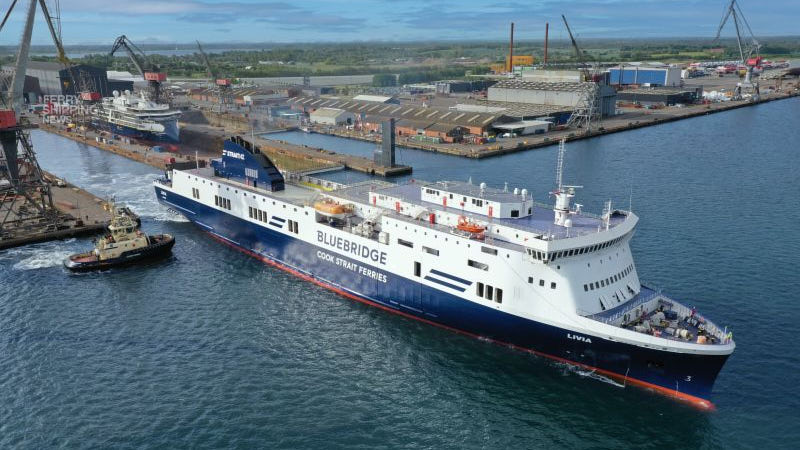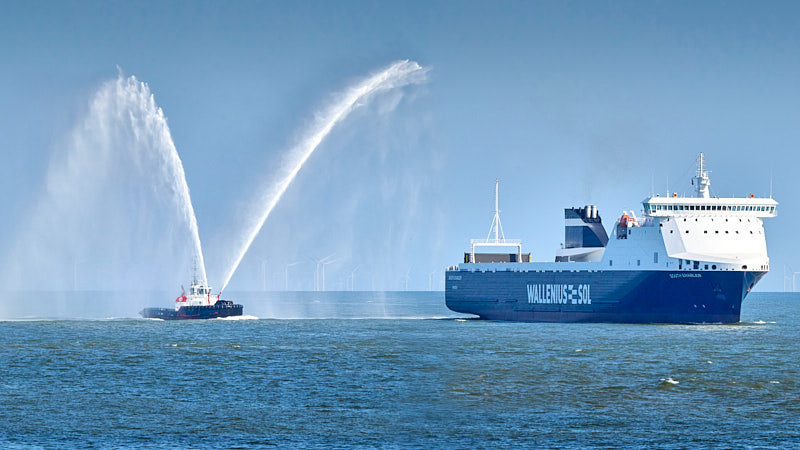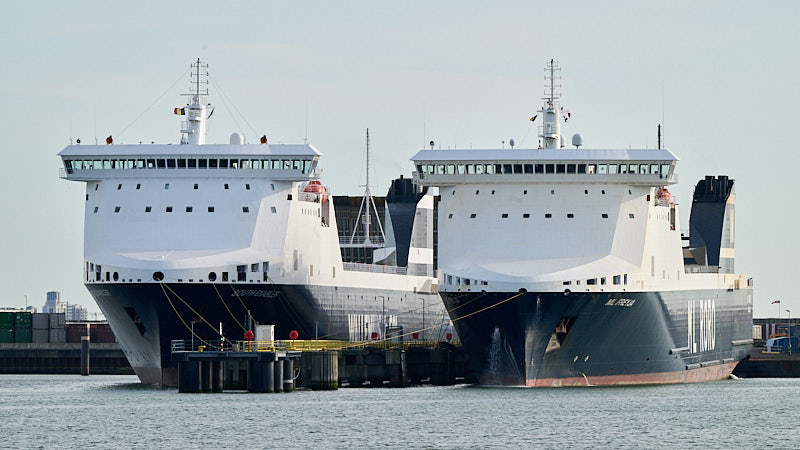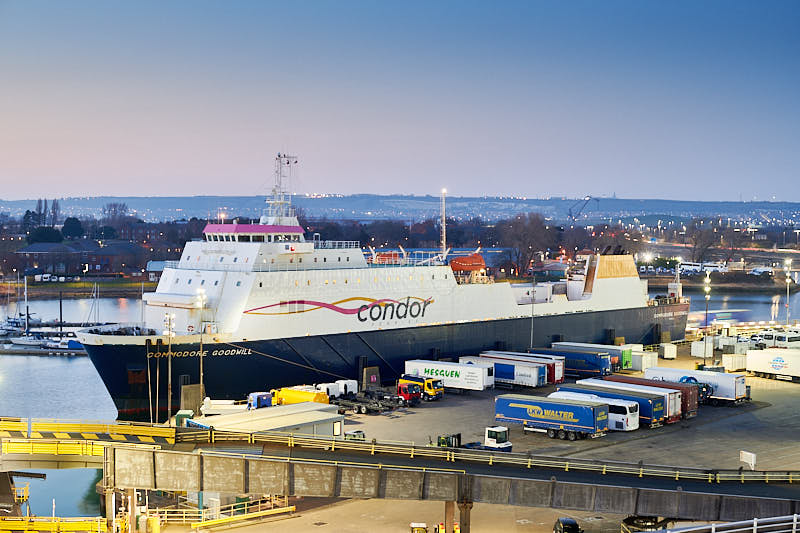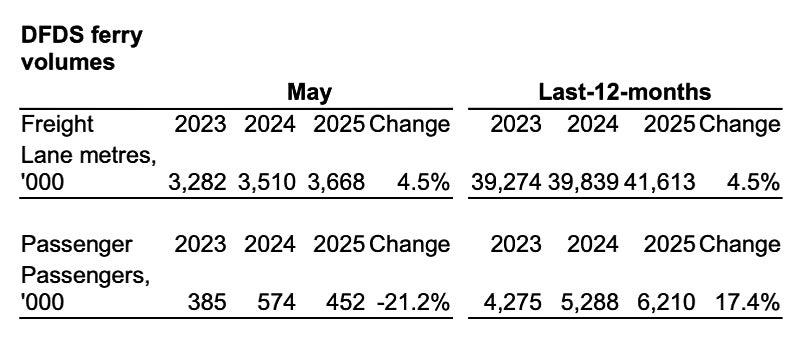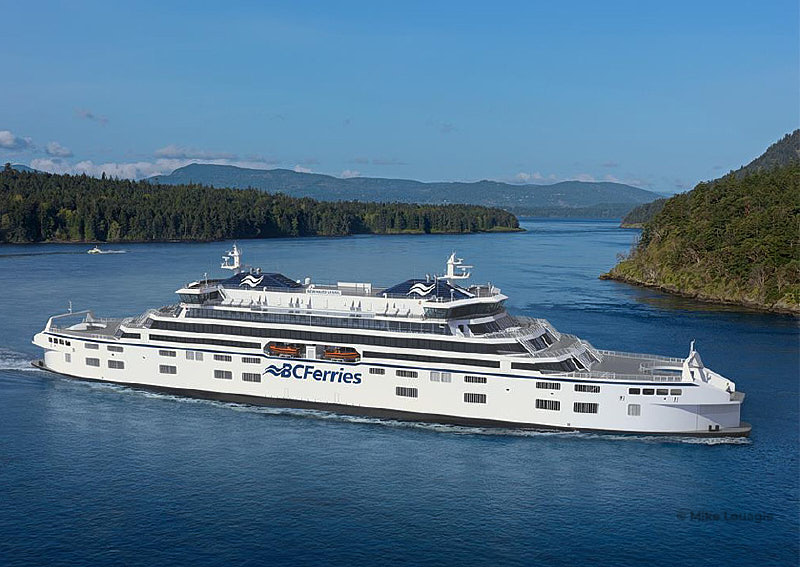According to French professional maritime magazine Le Marin, CMA CGM could be preparing to end its involvement in LA MÉRIDIONALE after just two years as sole shareholder.
Reasons for the possible – but unconfirmed – sale include:
- Failure of the Toulon–L’Île-Rousse route
- Inability to launch Toulon–Bastia quickly
- Complicated relations with the Corsican Workers’ Union (STC)
- A 48-hour strike notice filed on Friday 13 June, due to start 27 June, reportedly triggered the decision.
- The union was protesting against the naming of the company’s next two ships.
- According to Le Marin, this was “the final straw for the headquarters of the world’s third-largest shipping company.”
The Marseille-based ferry operator was acquired from the STEF Group in spring 2023. Two LNG-electric hybrid ferries ordered that same year in China are expected to remain with CMA CGM and not be part of any sale (unconfirmed).
An Editorial View from Le Marin
In a Linkedin piece titled Deux mondes, Thibaud Teillard, reporter at le Le Marin paints a broader picture of cultural and strategic mismatch. CMA CGM, symbol of decarbonisation and global scale, reportedly found itself bogged down by “French-style union soup,” insular politics, and a fragmented local shipping scene. The editorial suggests the shipping giant “entered Corsica with the intention of modernisation, but ended up seeing only bureaucracy and losses.”
CMA CGM’s high ambitions to reinvent LA MÉRIDIONALE with faster, greener ships and integrated logistics reportedly clashed with entrenched structures, slow procedures, and the realities of operating in Corsica. “Too slow, too expensive, too complex,” the article hints.
Neither CMA CGM nor LA MÉRIDIONALE has commented officially on the news. The information could also be a strategic leak, a move in the ongoing battle with unions.
If the sale becomes reality – what next for LA MÉRIDIONALE?
